The lesson? Basically, let your imagination run wild and have some fun.
A post recently shared on No Film School, containing a video tutorial from The Film Look, explains how some of your favorite movie sounds came about, and how you can create your own, fully customizable library of sound effects. While there may not be a lot of surprises in the knowledge shared, it serves as great inspiration: pitch a tent in your living room, set up your mic and go to town.
After having your gory, stabby, bloody, squishing, cracking way with a variety of fruits and vegetables, go the extra mile and pick up a selection of sounds that you will almost definitely be needing in your edit. Things you may take for granted or simply neglect to include could be sounds like foot steps, jumps, handshakes, the rustle of clothing, cabinets opening and closing, doors creaking … the list goes on. On my latest shoot, we took great care to record clean, on-set sound, but even so, as I was editing the footage, I found that increasing the volume of dialogue sometimes gave the ambient sounds an unnatural presence in the mix. Similarly, in scenes with a rich room tone, like outdoor or group scenes, some of the finer details would get drowned out, giving the mix a feeling of being incomplete – even though the sounds were there. Have those basics (footsteps, movement, clothing) handy.
That said, what really sells these custom-made sound effects in the final mix is the delicate addition of room tone, so be careful to get that while on set.
But say your film is animated. Or set in a dystopian future/past. Or seeks to transport the viewer to unfamiliar places. Is room tone and watermelons gonna cut it? No. Sound effects – or sound design, really – should always support how you want the viewer to relate to your characters and their environment. The perfect example is a film like Wall-E. Take a cue from the greats:

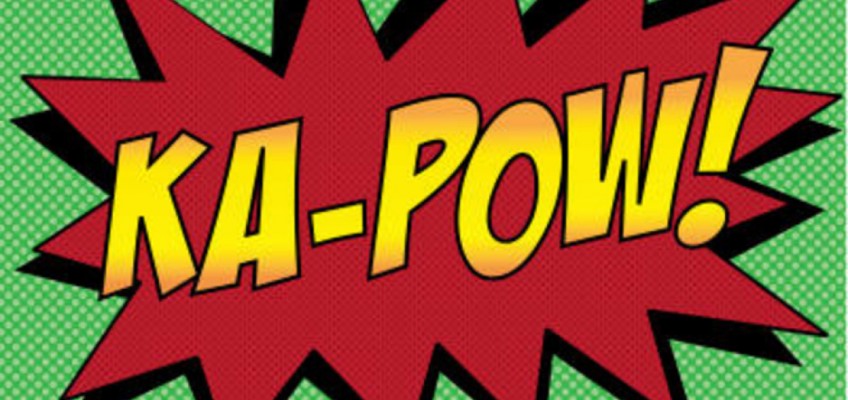
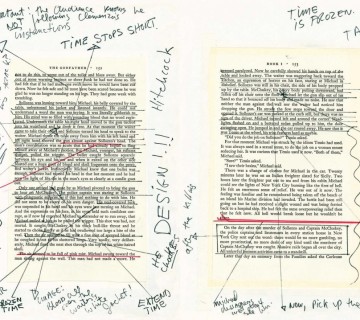
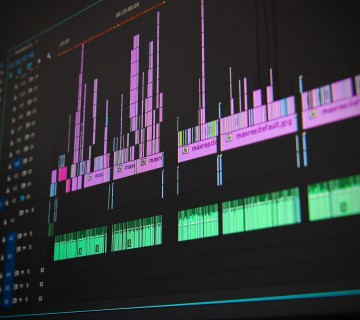
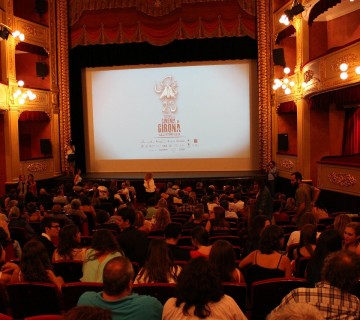
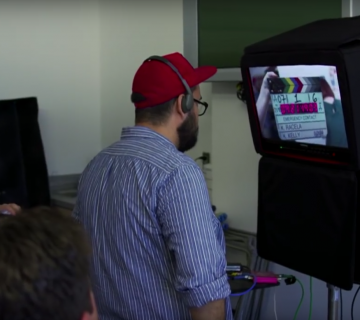
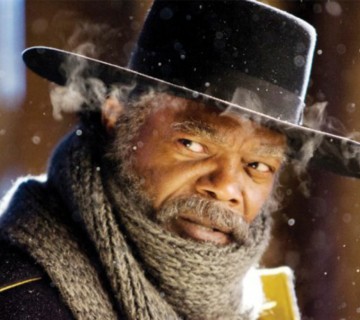
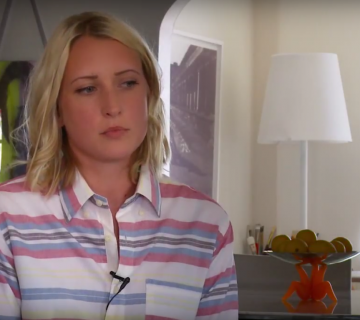

Join the Conversation →